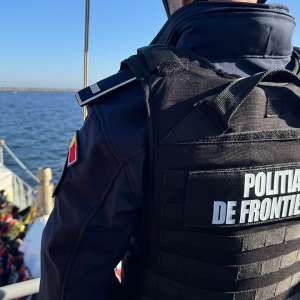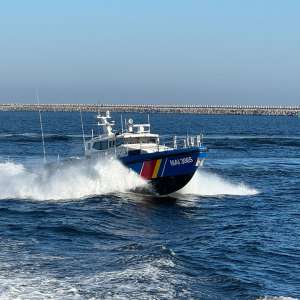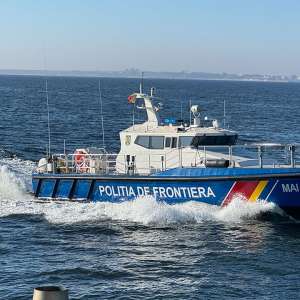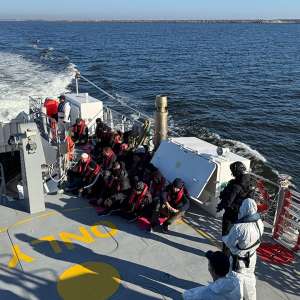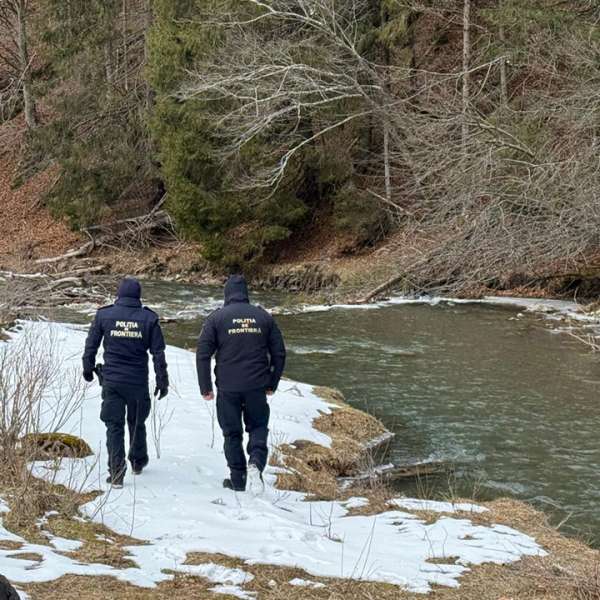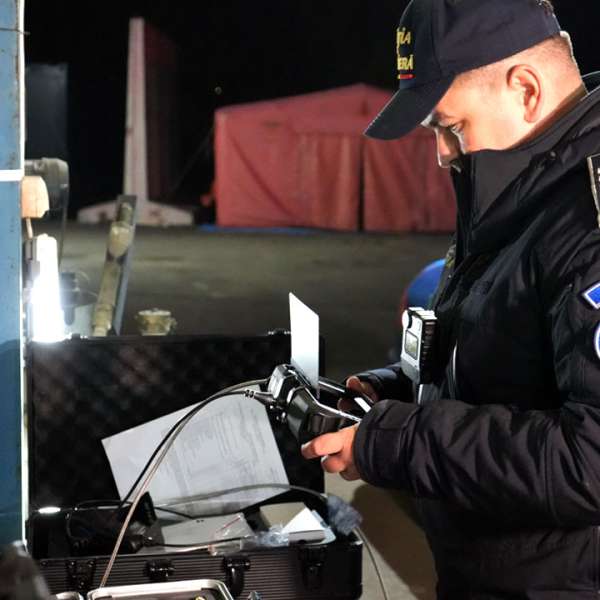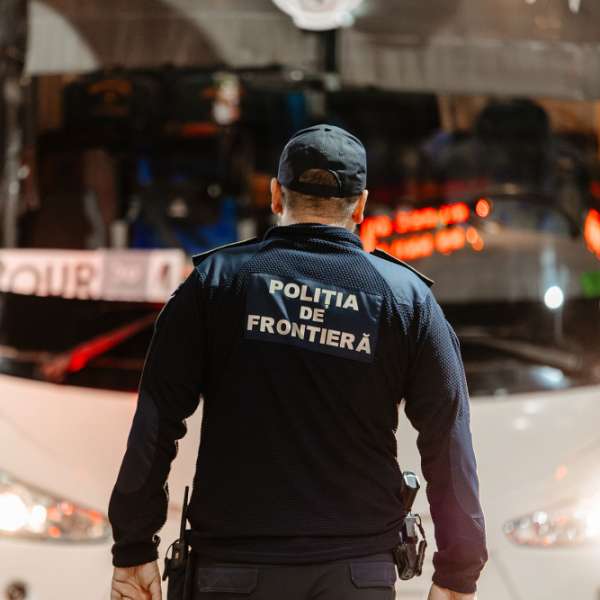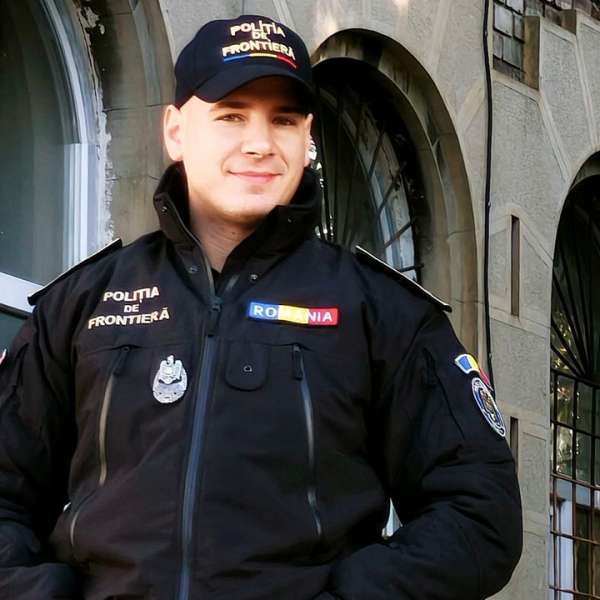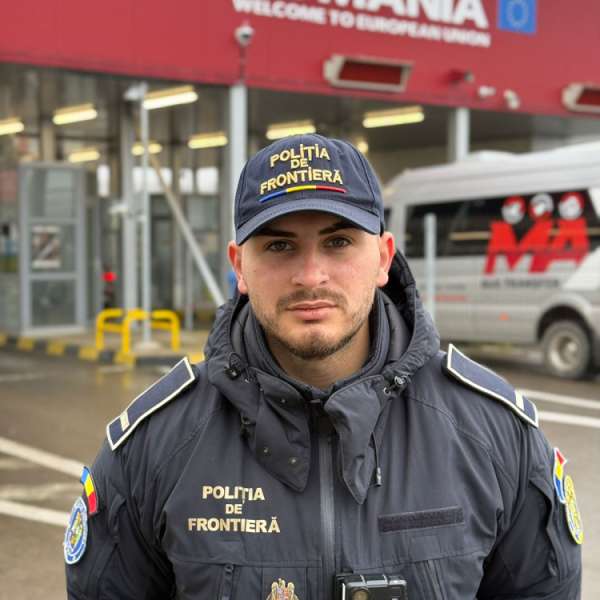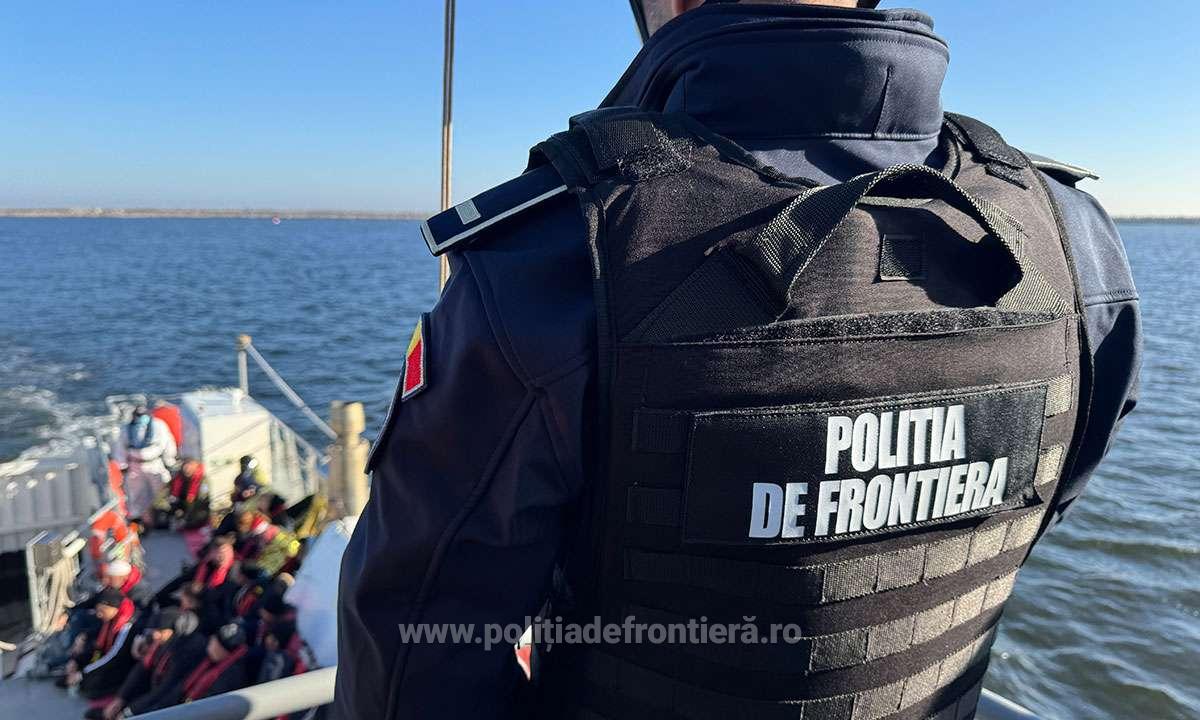
CALLATIS MMXXIV - national leadership and field force exercise for the application of the provisions of Regulation (EU) 2024/1356 of 14.05.2024 introducing screening of third-country nationals at the external borders and subsequently the subsequent asylum and return procedures at the border
In the context of the implementation of the Migration and Asylum Pact, the Romanian Border Police organized a simulation exercise of the way in which asylum and return screening and border procedures work together in a continuous workflow, ensuring a rigorous decision-making process, in full respect of all guarantees and fundamental rights.
Between October 23 and 24, 2024, in Constanta, the practical leadership and field force exercise CALLATIS MMXXIV was carried out, carried out through the project entitled "Technical support for the preparation of the National Plan for the implementation of the Migration and Asylum Pact" . The project benefits from technical support from the Directorate-General for Support for Structural Reforms (DG REFORM) of the European Commission. It is funded by the European Union's Technical Support Instrument and is implemented in cooperation with the International Centre for Migration Policy Development (ICMD).
The purpose of the exercise was to simulate the workflows within an Integrated Screening Center, testing the practical functioning of the integrated system for managing migration flows at the external borders of the EU, by applying uniform rules to ensure proper verification and registration of irregular migrants and asylum seekers entering the EU, as well as a continuous link with subsequent return or asylum procedures.
The exercise was organized by the Romanian Border Police, in cooperation with the General Inspectorate for Immigration, at the headquarters of the Coast Guard. Other specific forces and means from the specialized structures within the Ministry of Internal Affairs were involved in its deployment, such as: the General Inspectorate for Emergency Situations, the General Inspectorate of the Romanian Gendarmerie, the General Inspectorate of the Romanian Police, specialists from the Romanian Intelligence Service, the Constanta Public Health Directorate, the General Directorate for Social Assistance and Child Protection Constanta, the Constanta Medical Center, the National Agency Against Trafficking in Persons Constanta and the National Company "Maritime Ports Administration" – SA Constanta. It was also attended by representatives of the European Commission, the European Border and Coast Guard Agency, the European Union Agency for Asylum and, last but not least, non-governmental and international organizations (CIDPM, CNRR, IOM and UNHCR).
On the first day, the exercise took place in three stages:
The first stage consisted in carrying out a search and rescue action on the Black Sea involving the interception, transshipment of persons on board a suspicious boat on board a ship of the Romanian Border Police and the security control of migrants on board the ship.
Phase II
The Border Police vessel landed in Constanta Port in order to disembark the migrants and carry out the first specific procedures prior to their transport in the Integrated Screening Center, established at the Coast Guard headquarters.
Phase III
During this stage, specific activities were carried out in the Integrated Screening Center, such as: registration, body and luggage control, preliminary health check, preliminary vulnerability check, identification or verification of identity, security checks, recording of biometric data, conducting interviews to determine the form of protection and issuing decisions, returning foreigners rejected at the border asylum procedure and those who have not applied for a form of international protection, detention of foreigners for whom the return measure was ordered if it cannot be carried out within 24 hours, granting tolerance to stay on the territory of Romania as an alternative to taking into public custody.
On October 24, 2024, a workshop was organized with the objective of exchanging views on the good practices that have emerged as a result of the exercise and analyzing the issues that could be improved for the effective implementation of the new workflow that corresponds to the objectives set out in the Migration and Asylum Pact. The results of the exercise will contribute to outlining the actions that will be included in the National Implementation Plan of the Pact.
***
Additional information about the project "Technical support for the preparation of the National Implementation Plan of the Migration and Asylum Pact" - https://reform-support.ec.europa.eu/what-we-do/migration-management/ground-support-member-states-implementing-eu-pact-migration-and-asylum_en
Additional information about the EU Technical Support Instrument - https://commission.europa.eu/funding-tenders/find-funding/eu-funding-programmes/technical-support-instrument/technical-support-instrument-tsi_en
